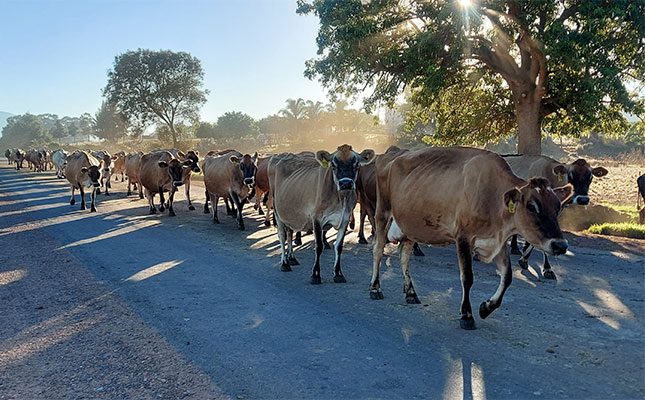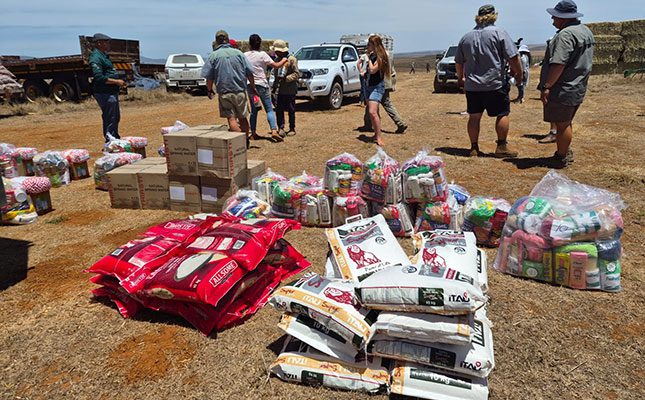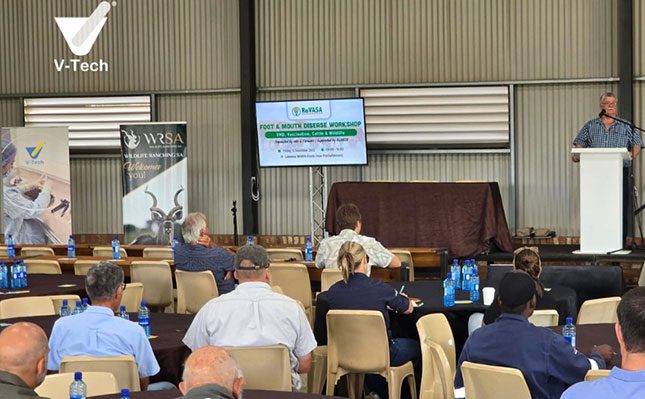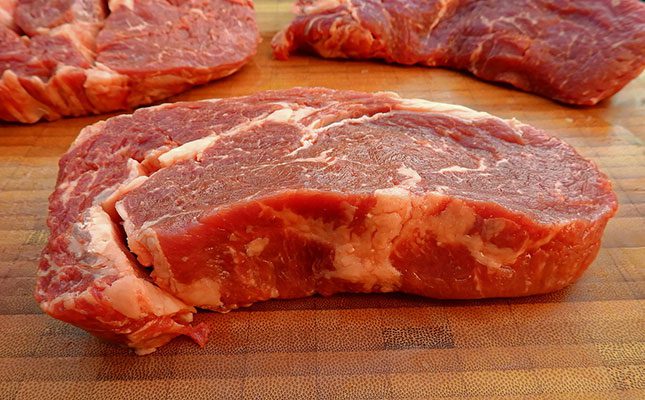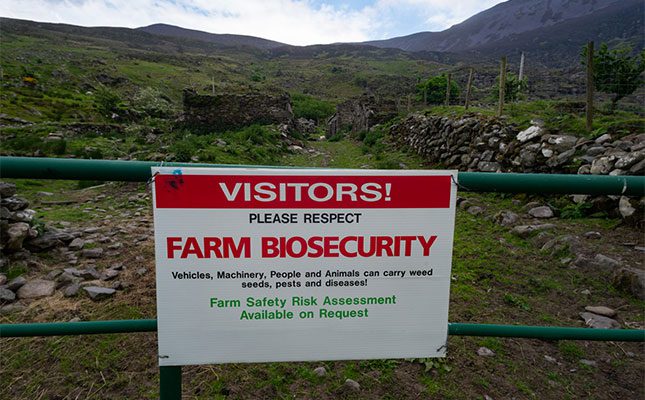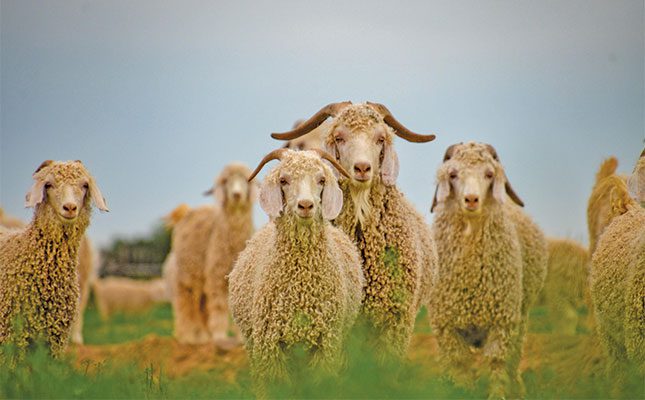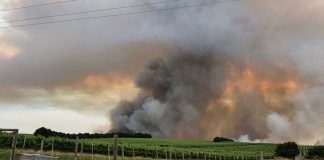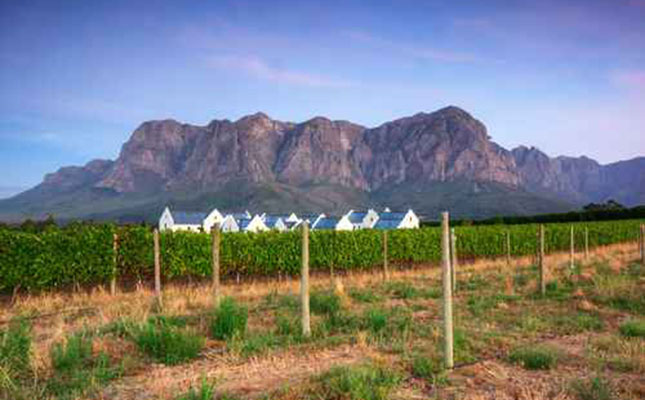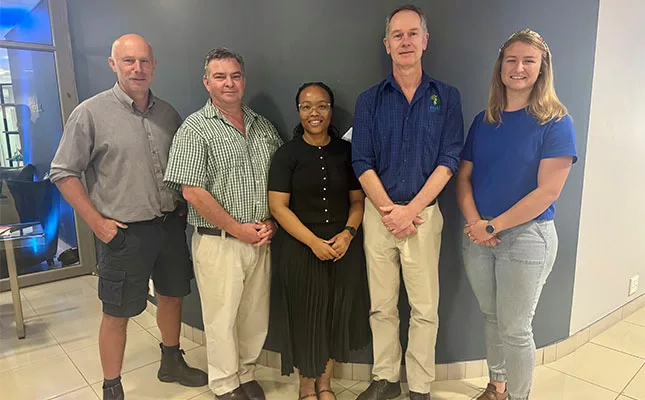
Photo: Magda du Toit
A growing interest in soil health, conservation agriculture, and finding alternative solutions for unsustainable farming practices forms the basis of the research projects supported by the Conservation Agriculture Research Forum.
In South Africa, intensive crop production systems and continuous soil tillage have led to soil degradation in many areas. This degradation has added to the woes of farmers in rural areas.
To address these issues, sustainable agricultural practices that contribute to economic viability must be implemented. The adoption of regenerative conservation agriculture principles and practices can be used to address soil degradation.
“Conservation agriculture [CA] can be seen as an ideal system for sustainable and climate-smart agriculture. By implementing these principles, farmers can attain higher levels of productivity and profitability while improving soil health and the environment,” Dr Hendrik Smith, CA facilitator and programme manager at Asset Research, said during the meeting.
In giving background to the studies discussed, he also provided the principles and criteria of the research programmes conducted under the auspices of the forum.
“The principles of conservation agriculture follow those defined by the [Food and Agriculture Organization of the United Nations],” he noted.
CA is an approach to managing agricultural ecosystems for improved and sustained productivity, increased profits, and food security, while preserving and enhancing the resource base and the environment.
CA is characterised by three linked principles, namely:
- Continuous minimum mechanical soil disturbance;
- Permanent organic soil cover; and
- Diversification of crop species grown in sequences and/or associations.
“The complementary good practices we focus on also include the integration of animals and integrated pest management [of] weeds, insects, and diseases,” Smith added.
Building capacity
Asset Research aims to develop capacity within the field of environmental and natural resource economics as well as ecological restoration.
During the meeting, delegates received feedback on the existing CA projects and their 2024/25 results.
Some of the projects include:
- Financial analysis of different production systems
The project aims to conduct an in-depth, farm-level financial analysis of different farming systems in selected maize-producing regions of South Africa and to gather insights from producers and institutions on their experiences with CA. The project lead is Mary Maluleke, junior economic researcher at Asset Research.
A combination of CA and regenerative agriculture (RA) have been proposed as a grain crop production system that could slow down, halt, or even reverse some soil degradation in the country’s summer crop production areas.
However, the question remains whether these programmes are financially viable. “We sought to find an answer to this question by comparing the financial returns of a CA/RA system over a 20-year period to its alternatives, namely conventional tillage [CT] and no-tillage [NT] production systems,” Maluleke explained.
- CA Farmer Innovation Programmes
The Asset Research CA Farmer Innovation Programmes (CA FIP) follow a farmer-centred, participatory systems research approach using on-farm trials strategically positioned and scientifically designed in South Africa’s key summer rainfall grain production regions.
The programmes also work closely with local CA farmers and study groups to design and implement on-farm trials and other project activities.
Smith listed the following key strategic objectives and themes of the CA FIPs, which are continuously reviewed:
- Diagnosis and documentation of CA systems;
- Awareness, marketing, and access to information;
- Farmer-centred innovation systems research;
- Incentive- and market-based mechanisms;
- Education and training; and
- Innovation platforms, networks, social learning, brokering, and facilitation.
CA FIP project in Maluti, eastern Free State, and Mpumalanga Highveld
Given the declining fertility and productive capacity of many South African cropping soils, especially in the eastern parts of the summer production area, there is a growing need to develop more sustainable and profitable cropping systems in these regions.
Dryland maize production systems on the Mpumalanga Highveld differ slightly from those in other provinces due to soil type, equipment, finances, management systems, and rainfall. Here, the main production systems are CT, NT, and CA.
The research intends to answer the question of which local farming production system performs best and why. The long-term goal is to research and develop evidence-based CA systems and protocols to assist farmers in the adoption and adaptation of profitable and sustainable grain production systems.
“We want to answer the question: what best conservation agriculture practices can farmers adopt and adapt to improve their profitability and sustainability,” Dr Jaap Knot, independent CA facilitator at Asset Research, noted.
According to Knot, the research team measured:
- Profitability in terms of production units, overhead costs, and net margins;
- Soil ecosystem health through soil and soil cover analyses;
- Productivity and efficiency, including grain yields and biomass production; and
- Quality aspects such as grading, protein levels, and the Brix readings for maize and soya bean.
He added that cover crop performance varied across the trials. Regarding profitability, he pointed out that CA production systems showed low net margins when cover crop yields were poor or when cash crop yields were significantly lower than those of NT systems. He stressed that management of the system was important.
CA FIPs in the western production region
This project was initiated in 2013 through collaboration between the Grain SA CA FIP and the Ottosdal No-till Club.
According to Liané Erasmus, junior researcher at Asset Research, the research faced several challenges. A severe El Niño-driven drought period during February and March 2024 negatively affected most trials, hitting the Ottosdal, North West, trials particularly hard.
Dr Edzisani Nemadodzi, agronomy researcher at Agricultural Research Council’s Grain Crops Division (ARC-Grain Crops), said that in another CA FIP in the western production region, conducted with the Mahikeng Study Group, the on-farm trial at Welverdiend in North West aimed to compare the ecological, production, and financial performance of three cropping systems.
“Many parts of the country are characterised by monocropping of maize and vigorous ploughing of soils,” he said.
Nemadodzi added that the implications of these practices were soil degradation, rapid moisture loss, and a decline in crop yields.
The research aimed to develop and adapt appropriate and profitable CA systems in the province’s Ngaka Modiri Molema District Municipality.
“We also want to create greater awareness and innovation capacity among the target group of farmers as well as the broader farming community on the practices and benefits of locally adapted conservation agriculture systems,” Nemadodzi said.
The team looked at the impact of various crops, including maize and sunflower, and what impact cover crops would have.
The project faced several management challenges. Research has been conducted over the past two seasons and will continue, alongside ongoing financial analysis.
The effect of a biological fertiliser combined with varying rates of inorganic fertiliser on soil health and maize yield
This project aims to determine how adding biological fertiliser to organic fertiliser affects soil health, crop yield, and maize profitability. It was conducted by Dr Andre Nel, a senior researcher at the Agricultural Research Council, Erasmus, and Smith.
Maize was planted at 24 000 plants/ha in 76cm-spaced rows and sampled 100 days after planting. An intercrop cover mixture was also planted. The biological fertiliser used was a hydrolysate, a liquid fertiliser made from raw fish through enzymatic hydrolysis using natural enzymes.
Although certain results were obtained, there were also many additional questions that needed answers.
“The signification interaction between inorganic and organic fertiliser rates indicates that maize yield response to organic fertiliser depends on the level of inorganic fertiliser input. The greatest yield increase from organic fertiliser was observed at 0% inorganic application, suggesting that organic amendments may compensate for low chemical inputs,” Erasmus explained.
Net margins over four seasons revealed that while a mid-level chemical input strategy (50% chemical, 0% biological) currently offered the strongest financial performance, using either on its own also brought some advantages.
“The chemical-heavy approach may deliver short-term yield reliability, but the long-term profitability should be considered as well,” she added.
Erasmus said that in contrast, the biological-only system, though potentially slower to reach peak performance, leveraged soil health and livestock integration to improve resilience and profitability over time.
Weed research
According to Dr Buhle Mndzebele, researcher at ARC-Grain Crops, the detrimental effect that weed infestation has on cash crop yields was well documented. However, little data existed on weed community dynamics in cover crop rotation systems with livestock integration under CA in South Africa’s summer grain production areas.
“The aim of our study was to survey the weed management ability of various cover crop-based rotation systems under conservation agriculture practices. We also wanted to identify problem areas regarding weed management in these systems and propose solutions or new research focus areas to address the challenges observed,” he explained.
The team conducted on-farm research trials in Viljoenskroon, Ottosdal, Marquard, and Standerton, facilitated by Asset Research. The trials investigated various crop rotation systems, including winter and summer cover crops, and livestock integration under CA practices, assessing their ability to regenerate and conserve farmland while optimising profitability.
In addition, they looked at weed species composition as well as the severity of the weed infestations. The research is ongoing.


